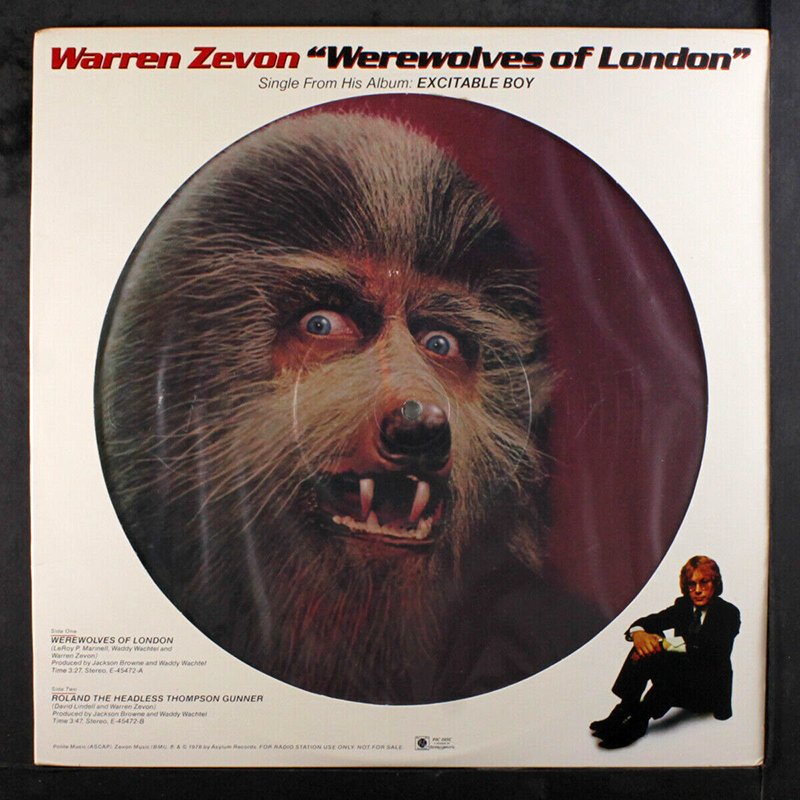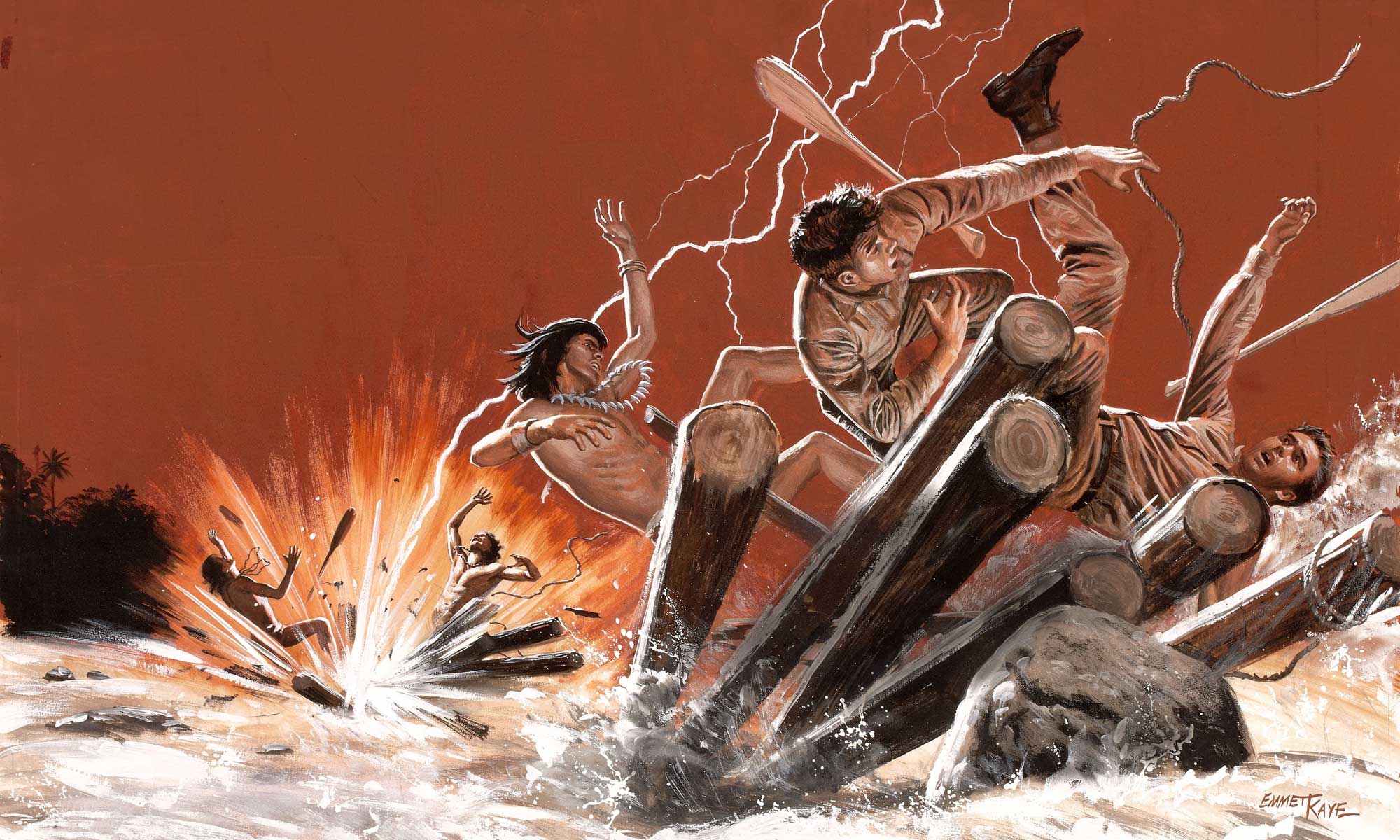See what you reckon.
I Thought I’d Seen It All
Check out “Twink” miming with The Pretty Things for a bewildered French TV audience. Ever heard of Twink? I hadn’t, so I poked around on Google. Nicknamed after a British hair product, Twink was a mime, drummer, close friend of Syd Barrett, and general scenester of the London psychedelic underground. He played drums with an early version of T. Rex, with Syd Barret occasionally, on one Pretty Things album, and with the Pink Fairies. In the early 70’s, he was in Hawkwind with Lemmy. His band The Rings were on the ground floor of the London punk scene in ’77. Some refer to their lone single, “I Wanna be Free” as England’s first punk record. It’s not very good compared to what was about to come from the Damned, Sex Pistols, Buzzcocks, Clash, and Jam.
What led me to this video was my fondness for The Pretty Things, a very good British r&b band who never made any headway in the U.S. Their guitarist, Dick Taylor, had been in an early version of the Stones. Like the Stones, their forays into psychedelia were not always memorable, as you can hear above. You can hear them at their best here and here. Their raucous version of Roadrunner is my favorite cover of that song.
Kid(s) A
I wish I had a music teacher like this when I was in school. This guy gets all these kids to sing Optimistic by Radiohead, and they killed it. So good to see young kids from diverse backgrounds exposed to artists like this. Check out this guys You Tube page. They cover some pretty good songs, not just the modern crap that passes for music these days…
What’s The Deal With That Song?

It’s such a fine line between stupid and clever. Somehow, this song manages to be both. I’ve heard “Werewolves of London” on the radio most of my life without ever giving it much thought – until today.
You might know that this was the first single off Excitable Boy, Zevon’s third solo album. You might even know that it stayed in the Billboard Top 40 for a month, reaching number 21 on the Hot 100 in May of 1978. But did you know Mick Fleetwood and John McVie are playing on it? Wikipedia, where you at?
The song began as a joke by Phil Everly (of The Everly Brothers) to Zevon in 1975, three years before the recording sessions for Excitable Boy. Everly had watched a television broadcast of the 1935 film Werewolf of London and “suggested to Zevon that he adapt the title for a song and dance craze.” Zevon, LeRoy Marinel and Waddy Wachtel played with the idea and wrote the song in about 15 minutes, all contributing lyrics that were transcribed by Zevon’s then-wife Crystal. The song is in the key of G major, with a three-chord progression that runs throughout. However, none of them took the song seriously.

Not long after, Jackson Browne saw the lyrics and thought it had potential, so he started playing “Werewolves” live. (T-Bone Burnett also played it on the first leg of Bob Dylan’s Rolling Thunder Review in 1975.) Zevon thought about putting it on his second solo album in 1976, but for some reason, decided against it.
According to Wachtel, “Werewolves of London” was “the hardest song to get down in the studio I’ve ever worked on.” They tried at least seven different configurations of musicians in the recording studio before being satisfied with McVie and Fleetwood’s contributions. The protracted studio time and musicians’ fees led to the song eating up most of the album’s budget.
Zevon later said of the song, “I don’t know why that became such a hit. We didn’t think it was suitable to be played on the radio. It didn’t become an albatross. It’s better that I bring something to mind than nothing. I still think it’s funny.” He also described “Werewolves of London” as a novelty song, “[but] not a novelty the way, say, Steve Martin’s ‘King Tut’ is a novelty.”
Hurray, I’m For The Other Team
https://youtu.be/PaWSQuS_ZUw
This takes me back …
Elemental Haiku

This one’s for all you bastards that slept through chemistry class. Since we just got the first picture of a black hole yesterday, what better way to celebrate than writing haikus for every element on the periodic table. Click here if you’re a big enough geek. Or if you’re just bored…
And Now, A Timely Tip
Because I don’t feel especially creative today.
Wouldn’t it be nice to have better tasting coffee right in your own home or office? Well one of the most important steps you can take to get a better cup of coffee is to regularly clean your coffee maker every 40-80 brews. Here are the steps to follow to clean your manual or digital coffee maker so you can brew that next pot of delicious, hot coffee!
Look Around You
*checks notes*
Yep, talented people still suck.
Look Around You is a British television comedy series devised and written by Robert Popper and Peter Serafinowicz, and narrated in the first series by Nigel Lambert. The first series of eight 10-minute shorts was shown in 2002, and the second series of six 30-minute episodes in 2005, both on BBC Two. The first series of Look Around You was nominated for a BAFTA award in 2003.
The humour is derived from a combination of patent nonsense and faithful references and homages. For instance, fictional items that have a passing resemblance to everyday objects are shown and discussed. Such items include the “boîte diabolique”, a box at the top of a piano scale which housed the “forbidden notes”; and “Garry gum”, a performance-enhancing chewing gum which has the unfortunate side-effect of inducing diarrhoea, necessitating the consumption of “anti-Garry gum”. Each episode begins with a “countdown clock”, similar to the one used on ITV Schools programmes from 1979 to 1987. The music that accompanies the countdown is in the same spirit as the original, but is played on a solo guitar, and at the beginning of the “Brain” module, the guitarist can be heard tuning.
The module subjects are distorted beyond recognition; for instance, germs are described as coming from Germany, and whisky is said to be made by combining water with nitrogen. The maths module features a distorted and inaccurate version of the ancient ‘seven cats’ puzzle by Ahmes. Additionally, subjects are mixed: for example, a chemistry experiment about eggs (In the episode Water) turns into a French language lesson. Each episode follows a general format, beginning with an introduction to the subject, followed by a series of silly experiments performed by the hapless (and normally mute) scientists, played by Popper, Serafinowicz and Edgar Wright, among others.
This is “Music,” episode 6 from the first season.
Gum Disease May Cause Alzheimer’s

You bastards better keep flossing! According to NewScientist …
If you bled when you brushed your teeth this morning, you might want to get that seen to. We may finally have found the long-elusive cause of Alzheimer’s disease: Porphyromonas gingivalis, the key bacteria in chronic gum disease.
That’s bad, as gum disease affects around a third of all people. But the good news is that a drug that blocks the main toxins of P. gingivalis is entering major clinical trials this year, and research published today shows it might stop and even reverse Alzheimer’s. There could even be a vaccine.
Multiple research teams have been investigating P. gingivalis, and have so far found that it invades and inflames brain regions affected by Alzheimer’s; that gum infections can worsen symptoms in mice genetically engineered to have Alzheimer’s; and that it can cause Alzheimer’s-like brain inflammation, neural damage, and amyloid plaques in healthy mice.
“When science converges from multiple independent laboratories like this, it is very compelling,” says Casey Lynch of Cortexyme, a pharmaceutical firm in San Francisco, California.
In the new study, Cortexyme have now reported finding the toxic enzymes – called gingipains – that P. gingivalis uses to feed on human tissue in 96 per cent of the 54 Alzheimer’s brain samples they looked at, and found the bacteria themselves in all three Alzheimer’s brains whose DNA they examined.
Full article here.
Wanna Know How To Spot A Fake?
Just the thing for a late afternoon distraction …
Forensic scientist Thiago Piwowarczyk and art historian Jeffrey Taylor PhD examine a purported Jackson Pollock painting and use their expertise to determine if the painting is legitimate or a forgery.
